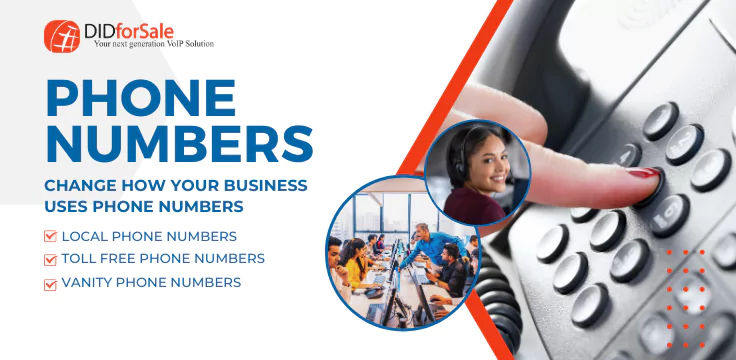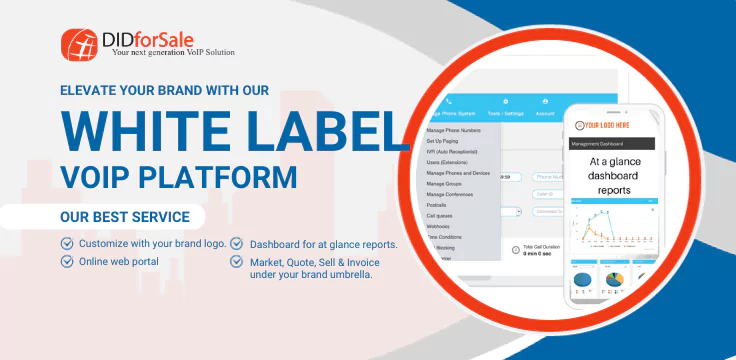A CODEC is an abbreviation for coder-decoder. Its a device that encodes or decodes a digital stream to transfer it over data network. Two basic operations of CODEC are:-
To convert an analog voice signal to its equivalent digital form for easy transmition.
Once the transmition is complete it converts the compressed digital signal back to its original analog form.
There are quiet a few audio CODEC’s available in the market. Some you will need to pay for and others are available for free. Each Codec uses certain network bandwidth and based on the computation determines the sound quality.
Table below lists the most commonly used Codecs in the VoIP telephony.
Legend for table:
CODEC – Industry name of the Codec
Bandwidth – lists the bitrate in kilobytes per second for each Codec.
MOS – Mean Opinion Score measures the perceived quality of audio after it has been compressed, transmitted, and decompressed by the particular codec.
Measured on the scale of 1 – 5. 5 being best
Description: Gives basic explanation about the Codec.
| CODEC | Bandwidth (kbps) |
MOS | Description |
| G.711 | 64 | 4.2 | Free Codec. Consumes maximum bandwidth as compared to other Codec’s G.711 uses 64 kbps for one way transmission. To complete a two way call it uses 128 kbps. G. 711 has two variations A-law and u-law. A-Law: used in Europe This is codec is also used by PSTN and is known to provide the best voice quality. |
| G.722 | 48/56/64 | 4.1 | Free Codec Wideband Speech Codec Significant improvement in speech quality as compared to G.711 |
| G.723.1 | 5.3/6.3 | 3.7 – 3.9 | Free Codec Has two variants. First variant has bitrate of 5.3 kbps MOS 3.9 Secont variant has bitrate of 6.3 kbps MOS 3.7 Very high compression while maintaining high quality audio Lower quality than many other codecs at similar data rates |
| G.726 | 16/24/32/40 | 3.5 – 4.1 | Free Codec Transmits voice at variable rates of 16, 24, 32, and 40 kbps G.726 was designed to supersede G.721 and G.723 Frequently used for international trunks in the phone network Not well-suited to music or sound effects |
| G.729 | 8 | 3.92 | Paid Codec. Require specific VoIP phones/gateways to implement this codec. Requires low bandwidth Good Voice quality |




